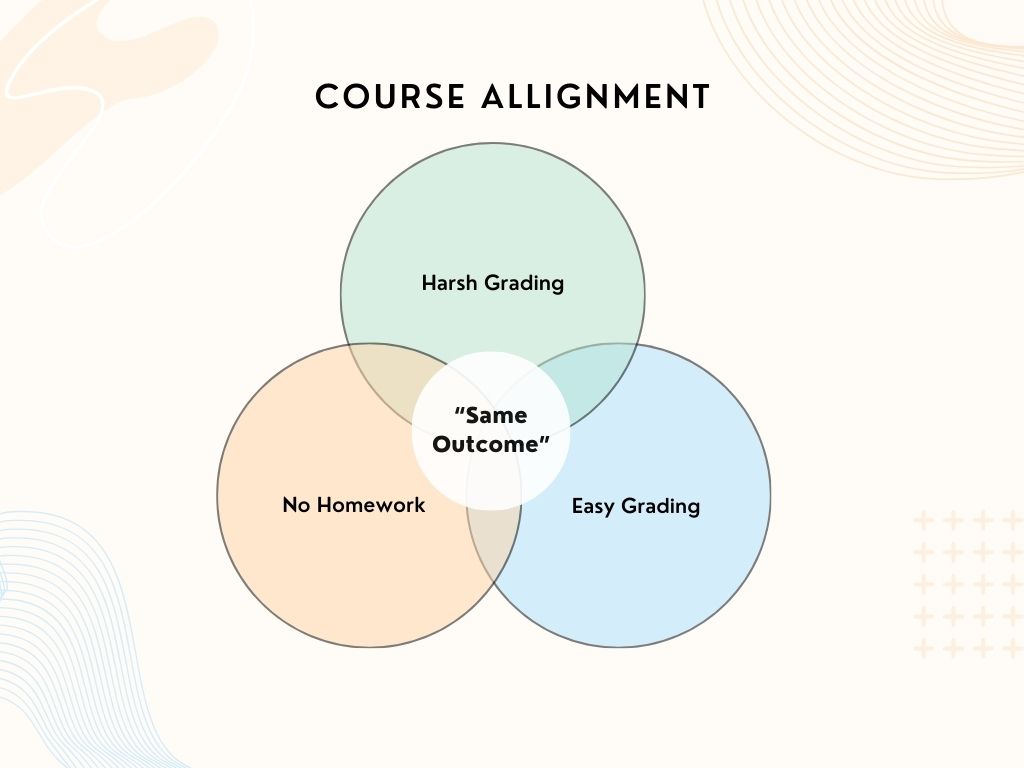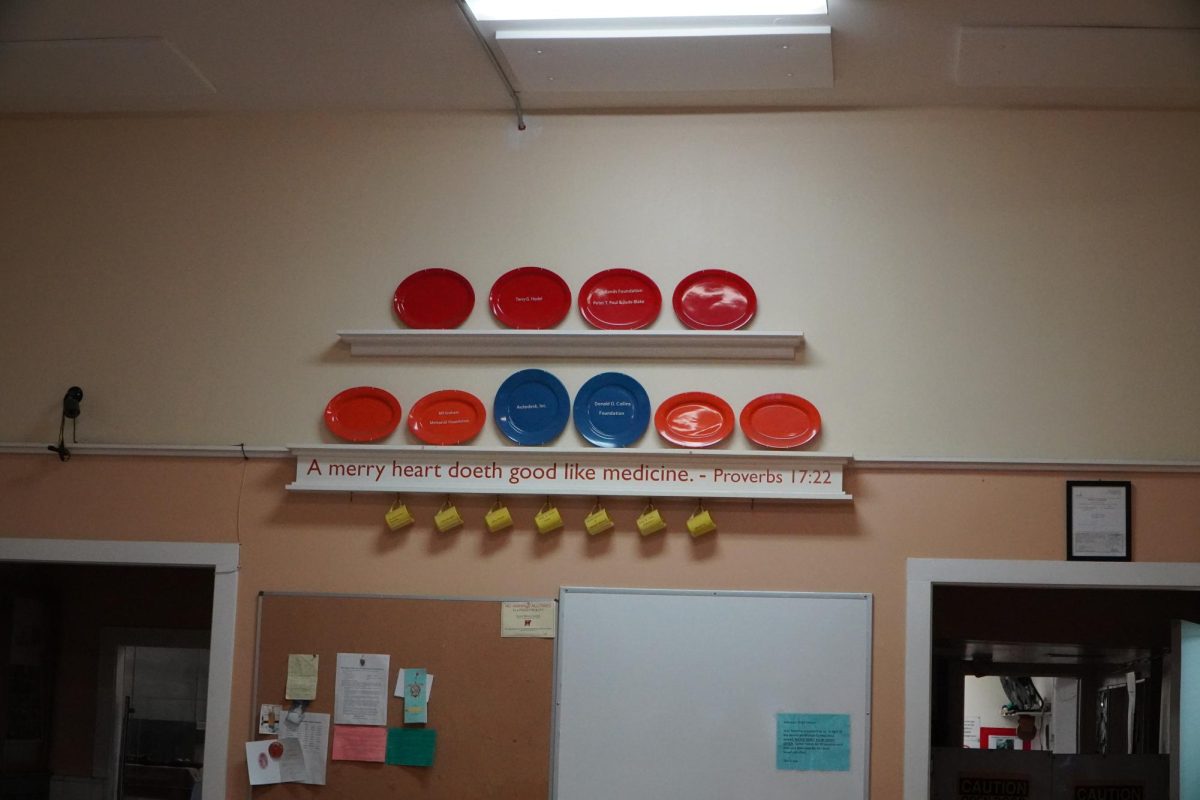There are 7,097 different languages spoken in the world today according to The Ethnologue, an annual reference publication about world languages. Language is how people express their emotions, desires and hopes. Not only does it impact our daily lives by allowing us to interact locally, it’s the most sophisticated way humans communicate with each other. The unique qualities found in different languages directly connect humans and allows them to form strong bonds with each other.
These global connections begin locally. Sophomore Maria Saloom fluently speaks Arabic, French and English and is in the process of learning Spanish. She believes that learning another language can provide incredible insight into many different cultures.
“Learning another language is a gift. It allows me to communicate with people from different backgrounds and origins. Even though we could be complete opposites, at least we can share a language to start a conversation,” Saloom said.
Not only does communicating in another language help people understand both each other and new cultures, it also helps the human brain think in new and different ways.
Dr. Viorica Marian, the head of the department of Communication Sciences and Disorders at Northwestern University, compared a monolingual brain to a bilingual brain in an article from the U.S. National Institutes of Health’s National Library of Medicine .
“Researchers have shown that the bilingual brain can have better attention and task-switching capacities than the monolingual brain, thanks to its developed ability to inhibit one language while using another,” Dr. Marian said.
Additionally, Dr. Marian believes that learning to speak new languages contributes to improving people’s attention spans, memory, reasoning and other important executive functioning skills used on a daily basis.
Journalist and educator Anne Merritt stated in the Telegraph Newspaper that many educators often compare the brain to a muscle because it needs stimulation in order to function properly. Merritt also referenced a study conducted by the Second Language Research Institute of Canada that shows how memorizing language rules and vocabulary can help individuals recall lists, directions and relatively complex patterns at a higher rate and more frequently than those who only speak one language.
Learning a foreign language also allows people to discover new ways of problem solving according to a study in Massachusetts conducted in 2007 by the American Council on the Teaching of Foreign Languages (ACTFL).
“Learning a second language is an exercise in cognitive problem solving, which is directly transferable to other areas of learning,” reported the ACTFL study.
According to the ACTFL, learning foreign languages helps keep one’s mind open to new ways of thinking, which can help people improve their decision making in everyday life. This works to consistently improve conceptual and analytical thinking.
Melissa Zeiher, a Spanish teacher at Redwood, believes that studying another language can help expand someone’s understanding of the world.
“By learning and teaching another language, I have been able to open up and see the world through a new perspective. With this new perspective, I have been able to see new experiences and have then come to appreciate and learn from them,” Zeiher said.
Carly Zech, a junior currently enrolled in AP Spanish, stated that there are also personal and community benefits to studying a foreign language.
“Learning another language has not only benefited me, but it has also benefited my peers. By opening myself up to a new language, I have been able to help students whose first language is not English succeed by translating the material from English to Spanish,” Zech said.

According to Katie Hoban, a current researcher of languages and writer who speaks seven different languages, there are a majority of people today that don’t see the point in learning another language. Hoban believes this is because the English language has gained almost complete dominance alongside many people’s communities.
“[English speakers] therefore have the privilege of expecting that everyone else learn our primary language, English, rather than going out of our way to learn theirs,” Hoban stated.
According to Hoban, only about 25 percent of people in America can hold a conversation in a second language. This may be due to some of the hurdles many people face while trying to learn and comprehend another language.
Mariza López and Argelia Aguilar, two college professors at the University of Quintana Roo in Mexico, recently constructed a research paper that closely examines and explains how language and emotions are connected.
“Given that language learning is a socially constructed process, the diversity of emotions experienced is a crucial aspect impacting on the motivational behavior displayed by language learners,” López and Aguilar said.
López and Aguilar also believe that negative emotions may be considered detrimental to a students ability to learn another language. When students start to become negative in the learning process, they tend to take the easy way out by not believing in themselves anymore and later, simply giving up.
Another problem people face while trying to learn a language is their age. According to a 2014 MIT study conducted by the Institute for Brain Research, brain structures play an important role in this “sensitive period” for learning another language.
The study states, “When learning certain elements of language, adults’ more highly developed cognitive skills actually get in the way. The researchers discovered that the harder adults tried to learn an artificial language, the worse they were at deciphering the language’s morphology – the structure.”
According to MIT neuroscientists, effort is the most important characteristic that people need in order to positively derive in the process of learning another language. Even though the process can sometimes be slow, in the end, it will be worth it.





















